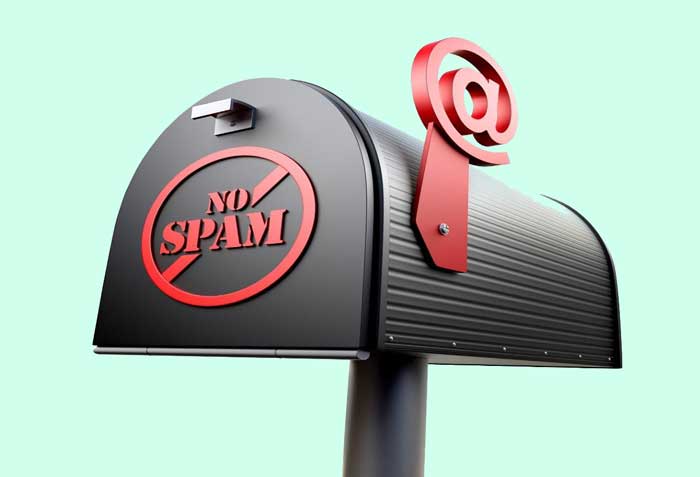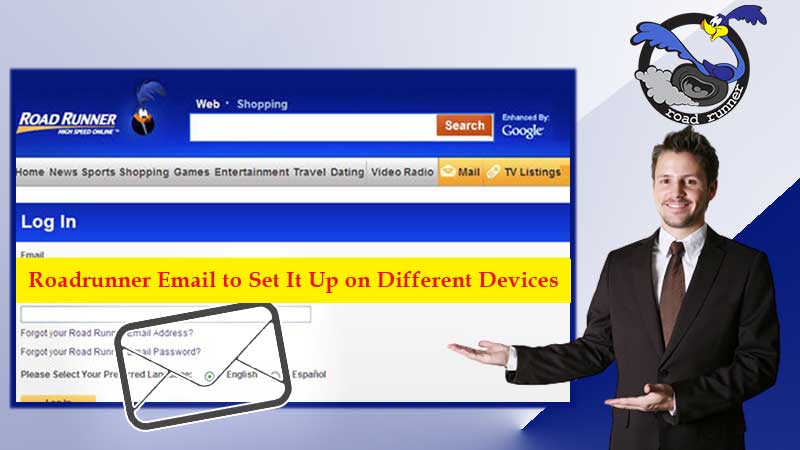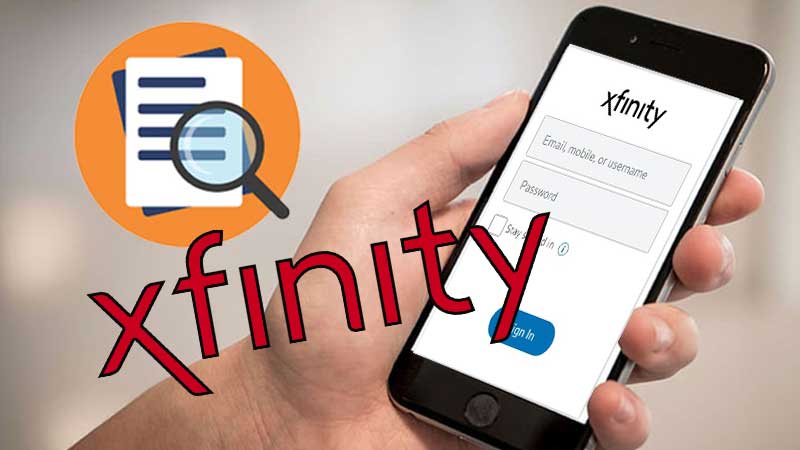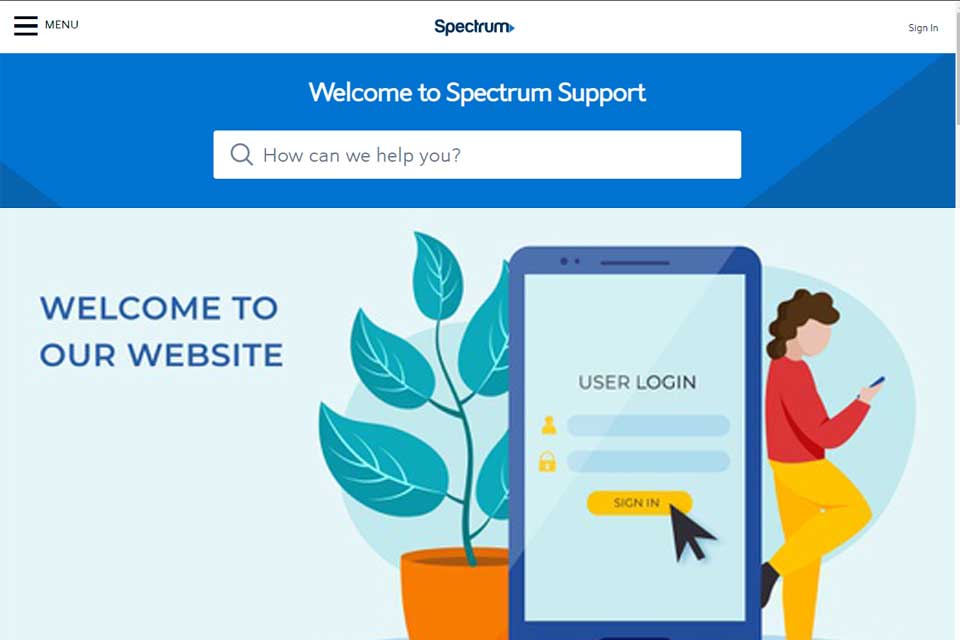Unwanted junk is obnoxious. It can hamper reach and deter the profitability of an endeavor. Ever wondered why there is no response to a few emails despite numerous follow-up requests! A potential reason can be email spam.
What is Email Spam?
An unsolicited or junk email message that is either sent by spambots or social media distribution through texting is known as email spam. Although there is a list of spam subjects and it is usually sent to a large number of audiences at the same time, a spam email can also be a victim of serious malware that is sent by a spammer on purpose.
Prompt Spam History
Back in the year 1978, an employee of DEC (Digital Equipment Corp.) sent a spam email to promote a fresh product. This email generated around twelve million dollars for the company. As per a few sources, 85% of the existing emails are spam that expense businesses billions of bucks annually all around the globe.
Varieties of spam
- Malware messages: Tricky viruses that end up fooling people in the form of financial loss. This is what the central purpose of a spam email with malware messages is.
- Marketing messages: This one is responsible for swapping illicit services or products.
- Sweepstakes winners: These are highly contagious ones. On the prize claim of spammers, a lot of recipients certainly give away their personal information which is then erroneously misused by the spammers.
- Frauds and Scams: A famous email scam with an advance fee that promises a reward offered if a small deposit is made in advance. After the deposit is made, fraudsters stop responding.
- Antivirus Warnings: These emails are planted by the hackers in such a way that offers a solution to the users for fixing an existing virus. It is a common way of accessing the systems of the innocents. In addition, there are malicious files that penetrate a device through downloading.
- Phishing Emails: A disguised message is delivered from a fake version of trusted or legitimate senders like government agencies or banks. Moreover, these emails ask for the personal information of the recipients who enter their login credentials and credit card details. This type of sensitive information is then stolen in a sophisticated manner.

Some of the Many Reasons For Spam
- Your Subscribers Claim that They Don’t Know You!
Subscribers tend to report an email as spam occasionally, which is slated by the mailbox provider. This flagging by the subscriber can be a result of poor branding because of which a subscriber might have forsaken the memory of sanctioning.
- Overindulging in the Transmission of Too Many Attachments
Attachments are a prominent way of transferring destructive malware. File types like .exe are quick to seize spam filters’ vigilance. Therefore, too many attachments can result in instant spamming.
- Recipient’s Call
It’s a recipient’s choice to either mark an email as spam knowingly or it may just happen accidentally. This is totally up to the recipient and once a recipient manually marks an email as spam, the entire thread of emails in continuation goes straight to the spam folder only.
- Images Lag with Sufficient Text
Nominal or no text can also be a rationale for spam because of which the filters view it with suspicion. The sender must always resist propelling all the text in a single image as well.
- Excessive Use of Spam Triggers
Use of certain triggers straight away lands your email in the spam section. A few examples of the same are given below:
- Increase sales,
- Multiple exclamation marks,
- Cancel at any time,
- All capitals use,
- This is not spam,
- Special promotion
- Inaccurate Sender Information
This includes the wrong email address or an absence of a physical address in the case of bulk emails. Thus, marketing emails carry a proper address at the end of the email.
What to Do in Case Of Spam?
Are you finding it difficult to get your emails? Just check your spam. Maybe they are ending there. The spam in the email is a big issue and it’s very annoying for people at times. Let’s discuss various methods to adopt in case of spam emails.

- Proper Authentication is the Key
The lack of proper authentication is the cause of email spam. It works just like phone calls. When there is a call-in on your phone you pick it up instantly if it is one of your contacts but if it is a call from a new number, you take time to answer or just ignore it sometimes. This is the same with email and the emails can be authenticated with the help of various technologies. These technologies help in making you look authentic and trustworthy in front of filters of spam. You are no more a random person and it is proven that you control the domain name with the help of technology. A few of the tricks are SPF, DKIM, and DMARC. Thus, setting up an authentication method is important instead of using a custom email address. FYI, tools like a DMARC analyzer come quite handy to set up proper authentication.
- Go For a Good Email Lists
A bunch of emails should not be forwarded to the subscribers’ list. A few reasons that can be the cause of the messages ending up in the spam folder are:
- If the rate of reading or opening is low then the chances are high for mails going to spam.
- There should not be a lot of inactive email accounts.
- An explicit opt-in from subscribers is very important. Without it, there would be a spam issue.
- Avoid too Many Images
The use of images can also cause trouble with spam filters. A large image with no words or less text can cause a spam issue and trigger spam filters. Many times, the images are used to add all the text in a single place rather than the regular text to avoid the spam filters which can cause the email to be in the spam folder. This is the reason a single image can be a trigger. To avoid this, using a lot of images and fewer words or text can also be a cause of spam Tigger. Thus, using texts is a good idea rather than images.
- Inaccurate Information From the Sender
Inaccurate information about the sender and lacking technical accuracy by authentication tricks like SPF and DKIM is really an issue. The authentication information and the sender getting an email should match with the email address that a person is sending. Another reason is not adding a physical address. A physical address should be added to the bundle of emails according to the FTC. This is one of the main reasons why almost every marketing email has an address on the bottom of it.
- Punctuation or Words That are Spam
Some words or punctuations look like spam such as “Biz opportunity online”. There are no spam filters on these words but they are attracting and gaining attention which is the reason why they get together with the other issues making your emails end up in the spam folder. The tricks to avoiding such spam are using all words in capital letters and using multiple exclamation marks or emojis. Using the right grammar would not trigger the spam filters as the machine is used by the spammers to translate emails that are spam into English.
- Usage of Misleading Links or Wrong Websites
The main purpose of most emails is to click on some misleading link or some weird websites, so it very important to know that using any kind of wrong links can cause you trouble. Many times, these links have malware-infected associations. It is close to the domains which are spam even after being authentic sometimes. Time and again, the display URL does not end up with the destination URL and there is no match. For example, https://anotherwsiter.com. This trick is used most by spammers and people who click on the links. URL shorteners are also used which can create spam.
- Marked as Spam
The sender who is sending you the mail has the manual option to send the emails to their clients by marking the emails. There can be a situation that by chance the sender sending you an email had marked you as spam manually and the new emails from your end would also go to the spam folder. Also, sending bulk emails to multiple clients marked as spam can harm your reputation as a sender and make you look negative. There are high chances that your emails can go to spam even when the other person has not marked you as spam.
- Still, Worried? The Mail Tester Got You Covered
After following the above tricks if there is still a spam issue then there are various spam checkers. Some of them are Litmus, IsNotSpam.com, and Mail tester.
- Litmus scans the emails and email addresses for the reputation.
- IsNotspam.com is another spam checker which can help in checking the spam and is free. Not many people have the budget for litmus and can go for this.
- Mail Tester is also a useful tool that is again free of cost. It sends you a score based on the count of the spam.

















